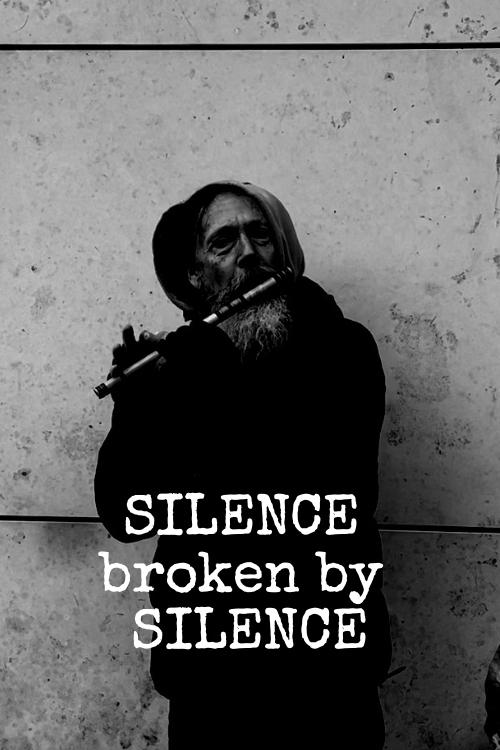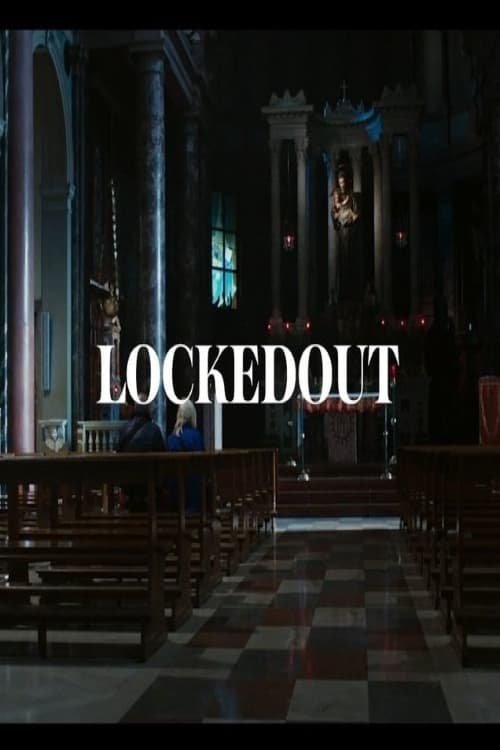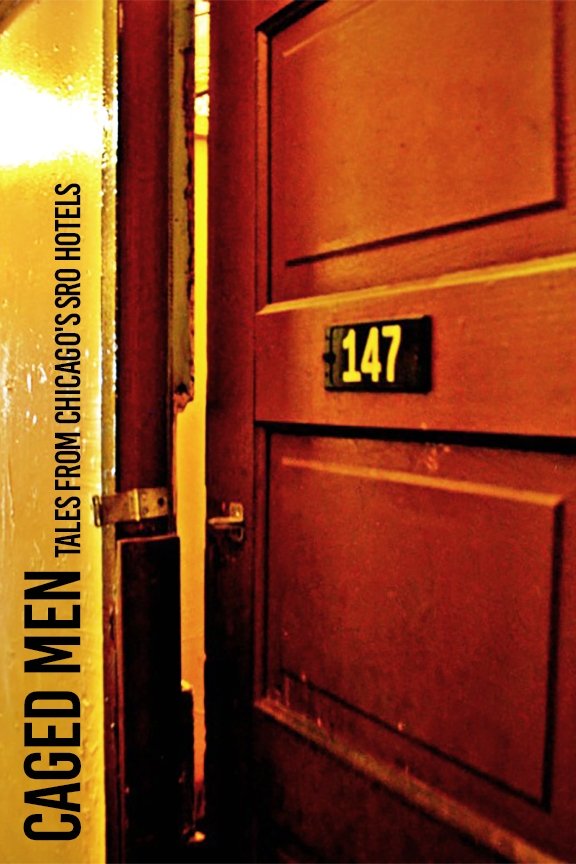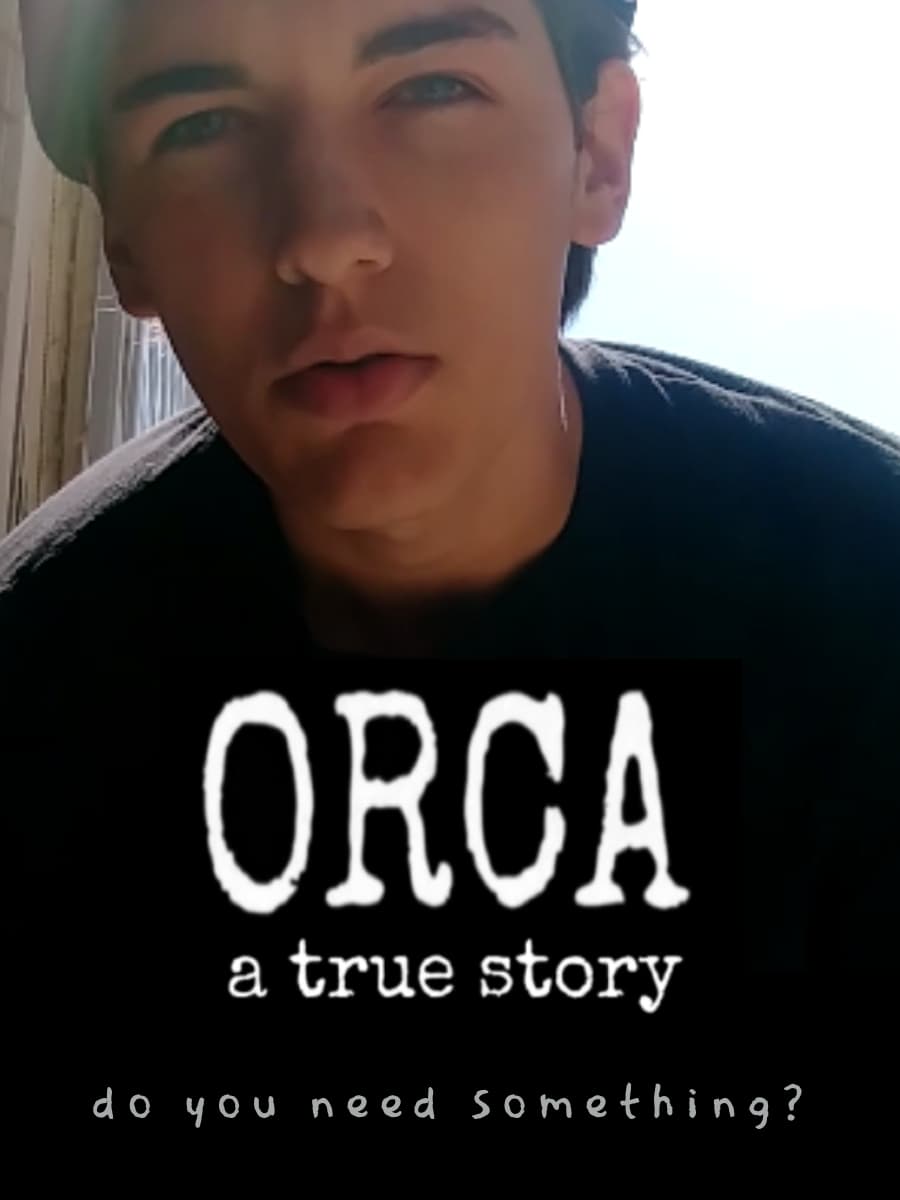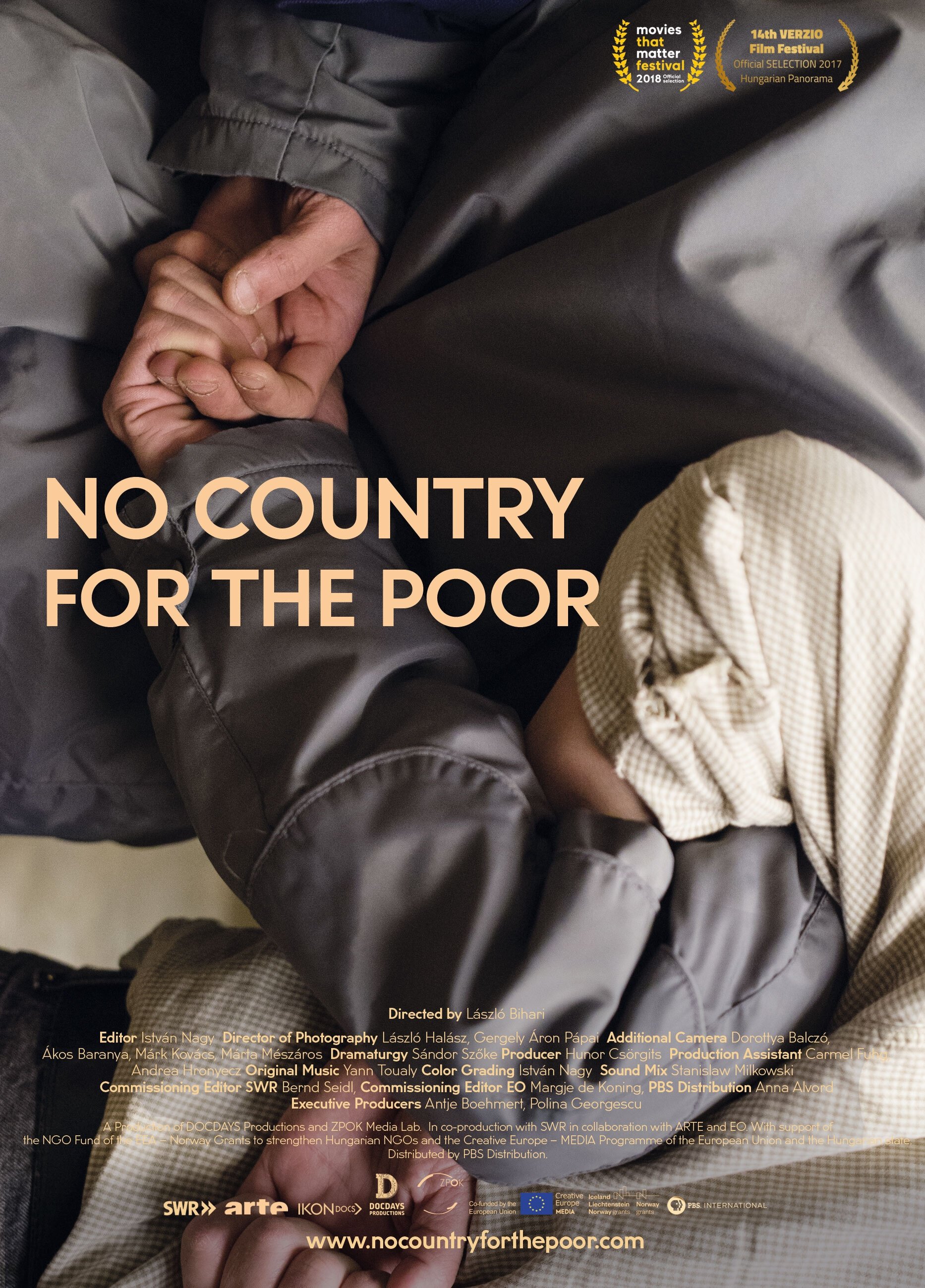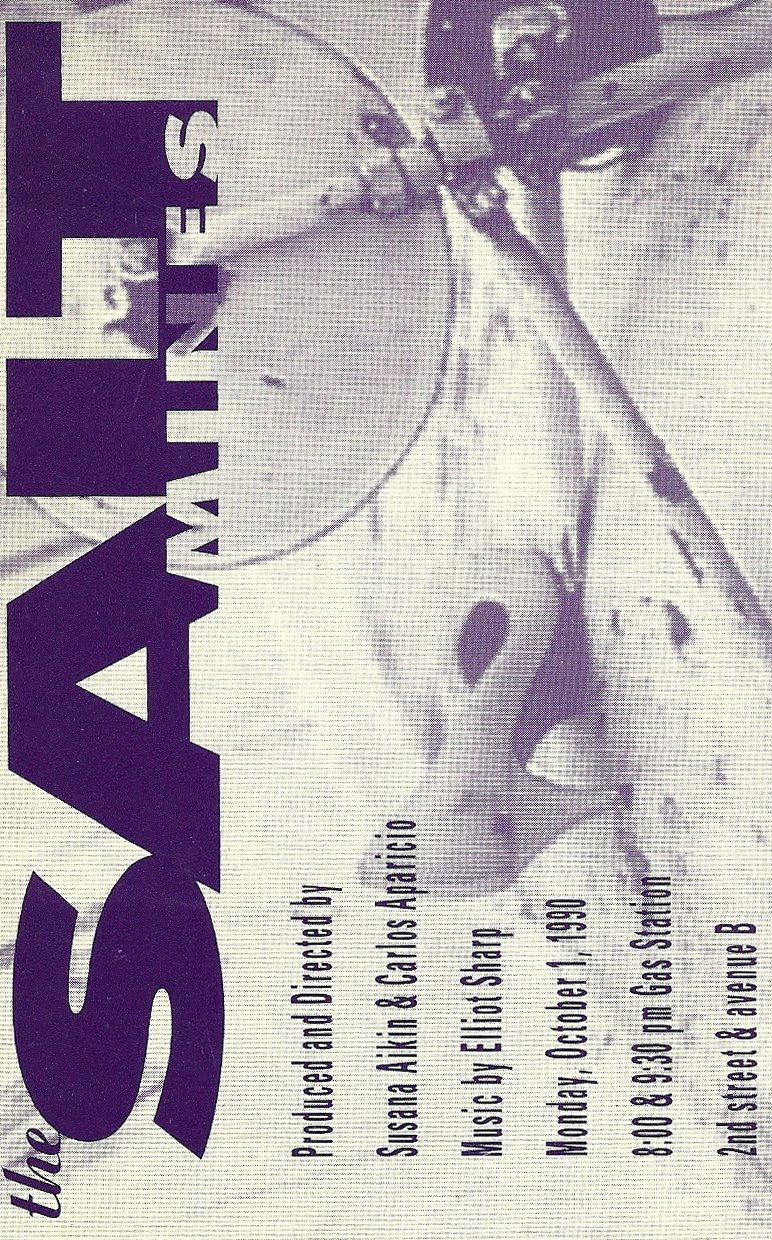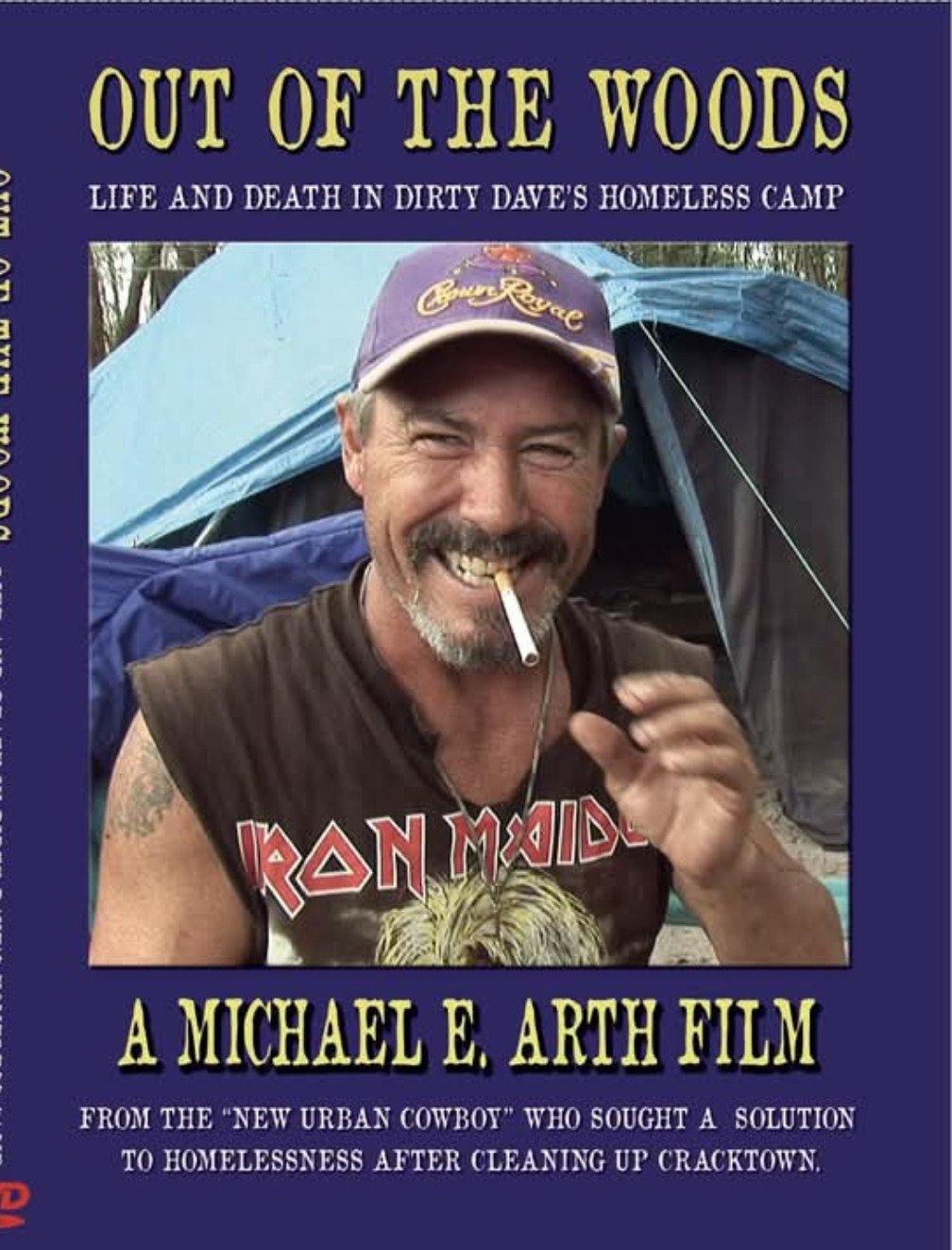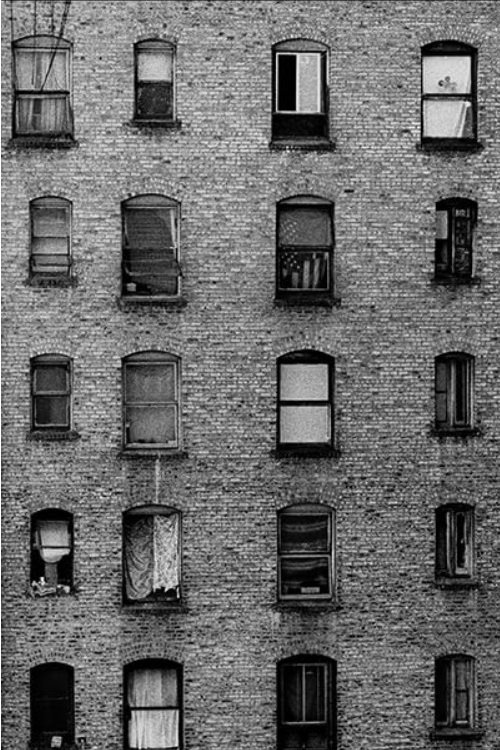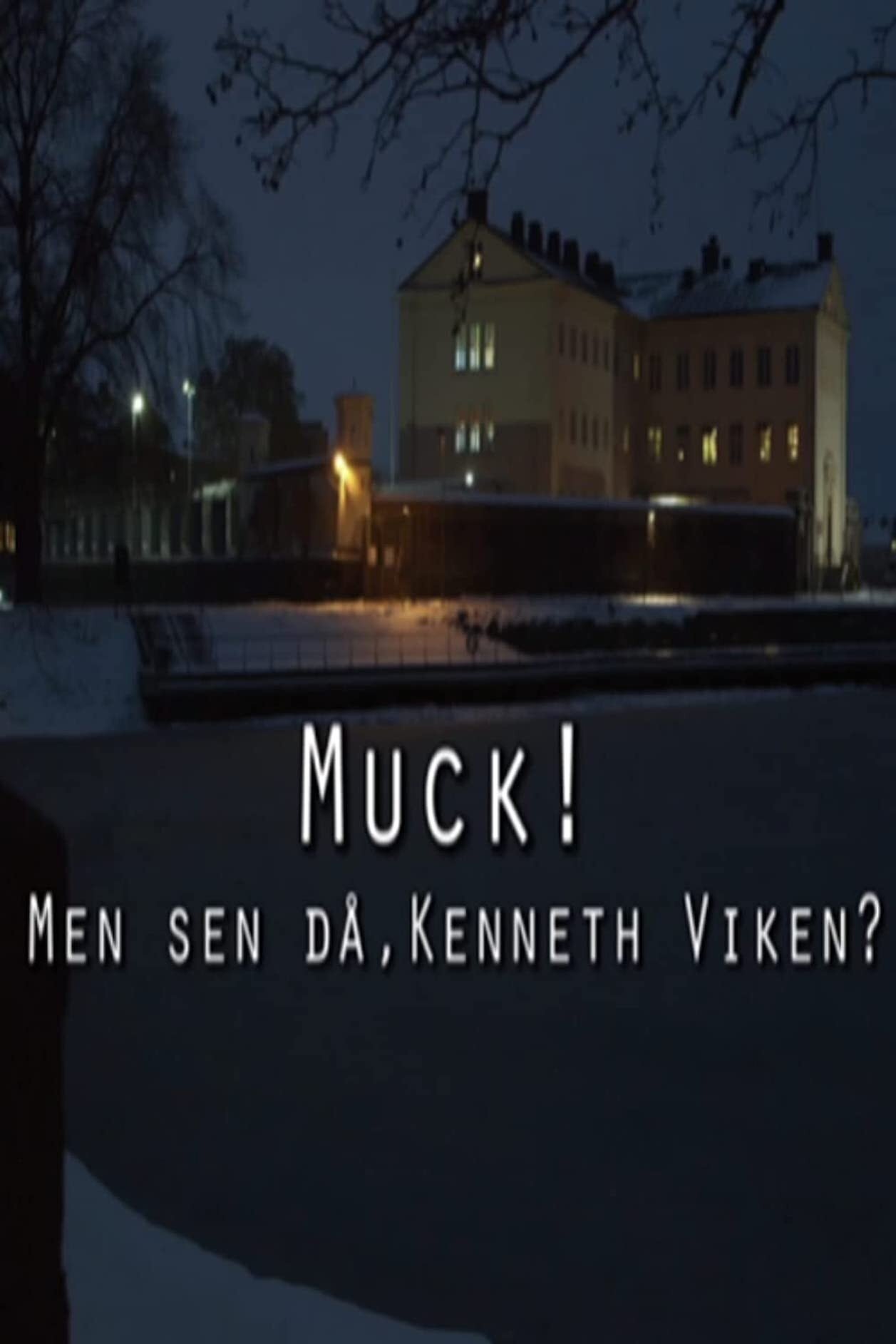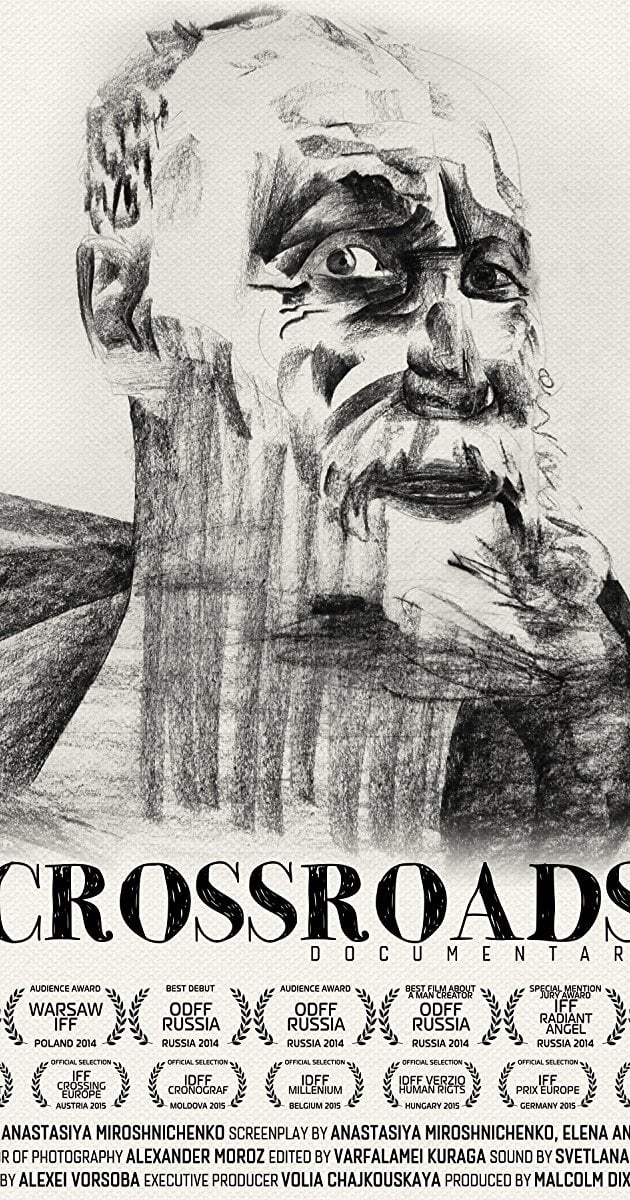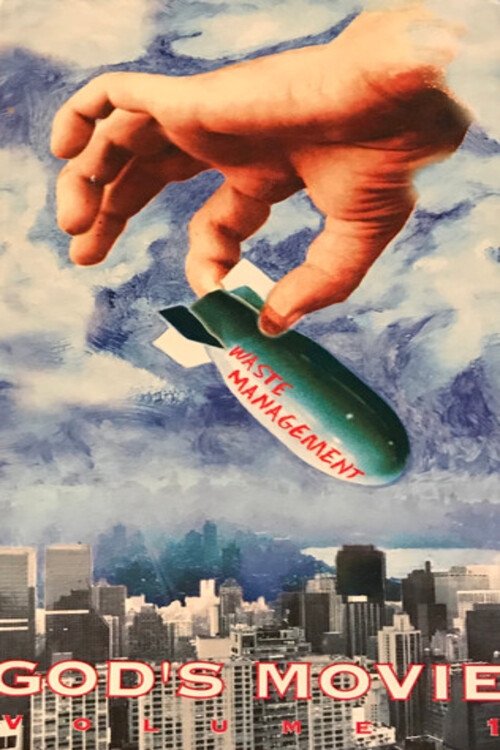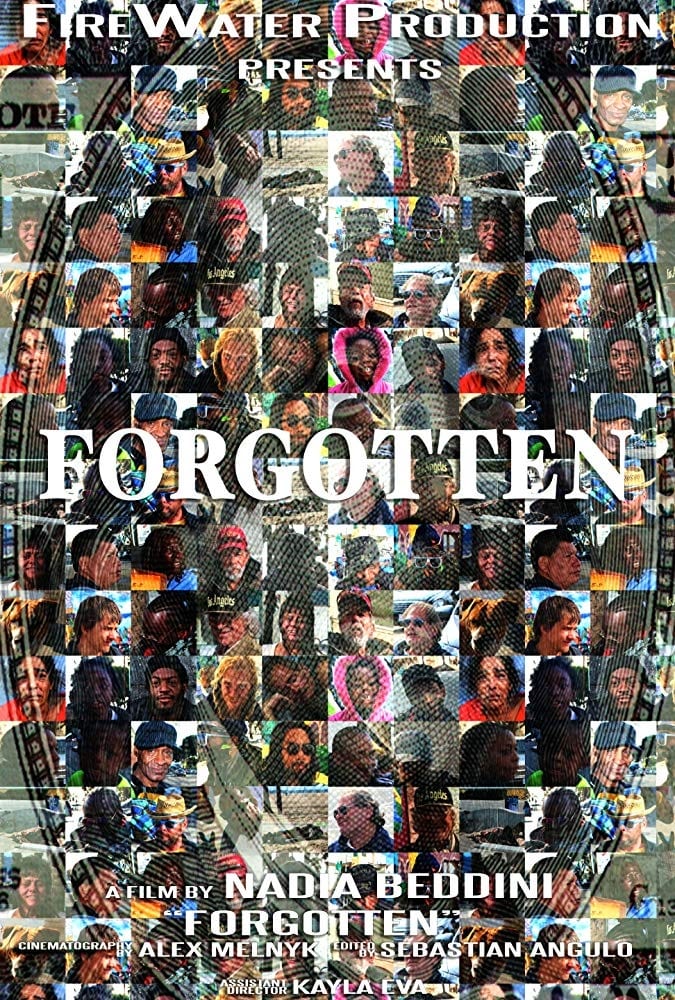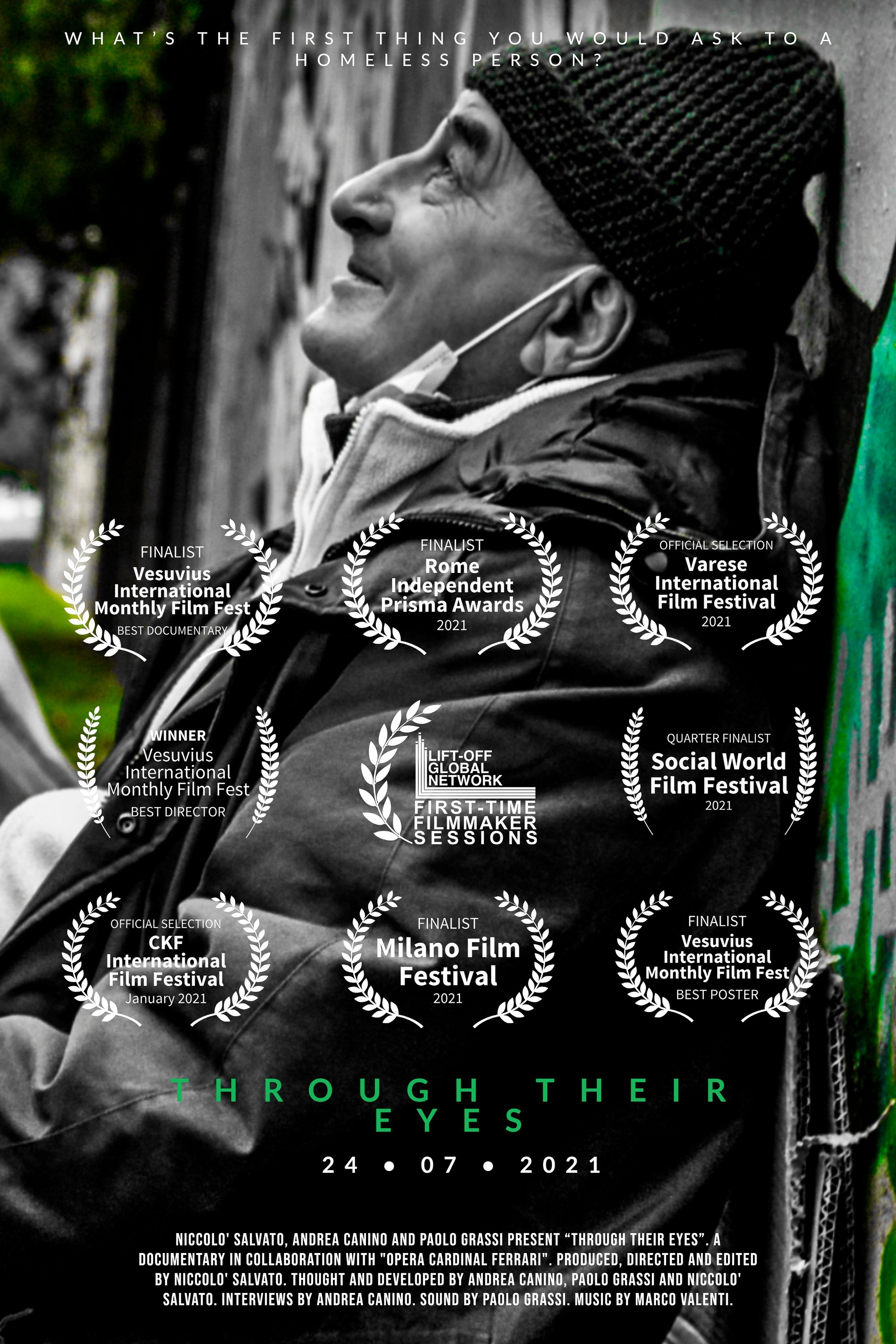
Through Their Eyes (2021)
Overview
Three young adults face the reality of homeless people in Milan and tell three different portraits of people that leave this condition in their everyday life.
Production Companies
Additional Info
| Budget | $0.00 |
|---|---|
| Revenue | $0.00 |
| Original Language | en |
| Popularity | 0.1959 |
Directed By
Niccolò V. Salvato
Crew
Niccolò V. Salvato
Niccolò V. Salvato
Paolo Grassi
Andrea Canino
TOP CAST
Similar Movies
SILENCE broken by SILENCE
The city you experience everyday. Into the mind of a homeless man who shares the lack of help he got while being on the streets.
This Beggar's Description
It's a sensitive, moving doc chronicling the life of Tétrault's brother Philip , a Montreal poet, musician and diagnosed paranoid schizophrenic. A promising athlete as a child, Philip began experiencing mood swings in his early 20s. His extended family, including his daughter, share their conflicted feelings love, guilt, shame, anger with the camera. They want to make sure he's safe, but how much can they take?
Caged Men: Tales from Chicago's SRO Hotels
Caged. Invisible. Shamed. Trapped. These words mark the tenants, clerks and even the owners of Chicago's last remaining Singe Room Occupancy (SRO) hotels. These small spaces are home for many at the bottom of Chicago's housing ladder. Cloaked in darkness and secrecy, these hotels are often maligned as drug dens and havens for prostitution but the people who live, work and own these hotels have never fully shared their stories. Caged Men is a feature-length documentary which examines the disquieting stories of near-homeless Americans living on the margins and their invisibility in a largely indifferent and, at times, hostile community. It attempts to lend a voice to SRO residents, clerks, owners and to the hotels themselves.
Neon Fairytales
The homeless, underground residents at a post-communist train station and their intimate confessions. A film not about misery, but the lust for life and color even at the depths of human despair.
ORCA: A True Story
Would you fall in love with a homeless person? Six years after Occupy Wall Street, Jehan is 42 years old and homeless on the streets of New York City. As she works to save money, get an apartment and return to a "normal" life, she decides that she would also like to get married. Would someone willing to put a dollar in her begging bag also be willing to fall in love with her? Can she find true love with a "normal" person?
Lead Me Home
Poignant stories of homelessness on the West Coast of the US frame this cinematic portrait of a surging humanitarian crisis.
No Country for the Poor
What if democracy fails citizens by not serving them all equally? What if inequality becomes the norm and the most vulnerable citizens are left behind with no money, no home, no rights, and no country of their own? In Hungary, the government has slashed social benefits and criminalized homelessness, but a group of activists, homeless and middle class, is confronting authorities to defend social justice and their right to be citizens. After the tragic death of two of its founding members, the group feels that Hungary is growing more hostile and their struggle is more important than ever. Despite all odds, their own community keeps them going—a mini-society with democracy and solidarity at its heart, an island of hope, belonging and dignity in a society gradually shifting the other way.
The Salt Mines
Explores the lives of Sara, Gigi and Giovanna, three Latino transvestites who for years have lived on the streets of Manhattan supporting their drug addictions through prostitution. They made their temporary home inside broken garbage trucks that the Sanitation Department keeps next to the salt deposits used in the winter to melt the snow. The three friends share the place known as "The Salt Mines".
Out of the Woods Life and Death in Dirty Dave's Homeless Camp
Dirty Dave grimsley is a pint size blend of Randall McMurphy and "One flew over the cuckoo's nest" and George clooney's, Ulysses Everett McGill in "oh brother where art thou" also known as 'dammit man" and "Tom Sawyer" because of his profane hucksterism, Dave is a hard drinking leprechaun with the gift of gab, a heart of gold and not a pot to piss in. He runs a homeless camp while waiting for local authorities in Volusia county, Florida to donate public land for tiger Bay village, a community of services for adults who fall through the cracks.
Life and Death at the Ambassador Hotel
1994 at the Ambassador Hotel, 55 Mason Street in the Tenderloin district of San Francisco, California. From 1978 to 1996, the hotel was managed by Hank Wilson, a San Francisco LGBT activist who made the hotel a model for harm reduction housing. 134 run-down and exhausted rooms populated by homeless men and women, sometimes even children. All of them in urgent need of care, compassion and humanity. Nobly provided by voluntarily working professional health care and social workers staff, various benefactors, volunteers, neighbors, and community contributions.
Muck! men sen då - Kenneth Viken?
For almost half of his life, Kenneth Viken has been in prison, and he does not know how many times he has been released, only to soon return . In January 2016 he is released again.
Streetwise
This documentary about teenagers living on the streets in Seattle began as a magazine article. The film follows nine teenagers who discuss how they live by panhandling, prostitution, and petty theft.
Crossroads
Valery Liashkevich is a homeless artist who lives at a railway station and for over twenty years has painted pictures in the streets of the town of Gomel in Belarus. For the natives he is no more than a local attraction. For art critics he is a phenomenon worth close attention.
The Wild Parrots of Telegraph Hill
A homeless musician finds meaning in his life when he starts a friendship with dozens of parrots.
Year of the Dog
Follows musician and DJ Simone Marie Butler as she attempts to understand the life of homeless people and their dogs, and how the charity Dogs on the Street has helped them.
God’s Movie Volume 1
This is Vol. 1 of god’s movie. A series of interviews and performances with the chosen few that came in contact with the late Joe Cole’s mighty video 8 camera. This video is as much about Joe as it is about the people that he filmed. Joe was able to make people feel comfortable enough to let themselves go in front of his lens. I used to watch the raw footage of Joe’s hours of interview footage culled from walking the streets of cities all over. I was constantly amazed at his ability to find these totally unique people. When you watch this you will see what I’m talking about. Reminds me of a quote I have heard over the years, something that amounts to those who can see it (in) others must have some of it in themselves.

